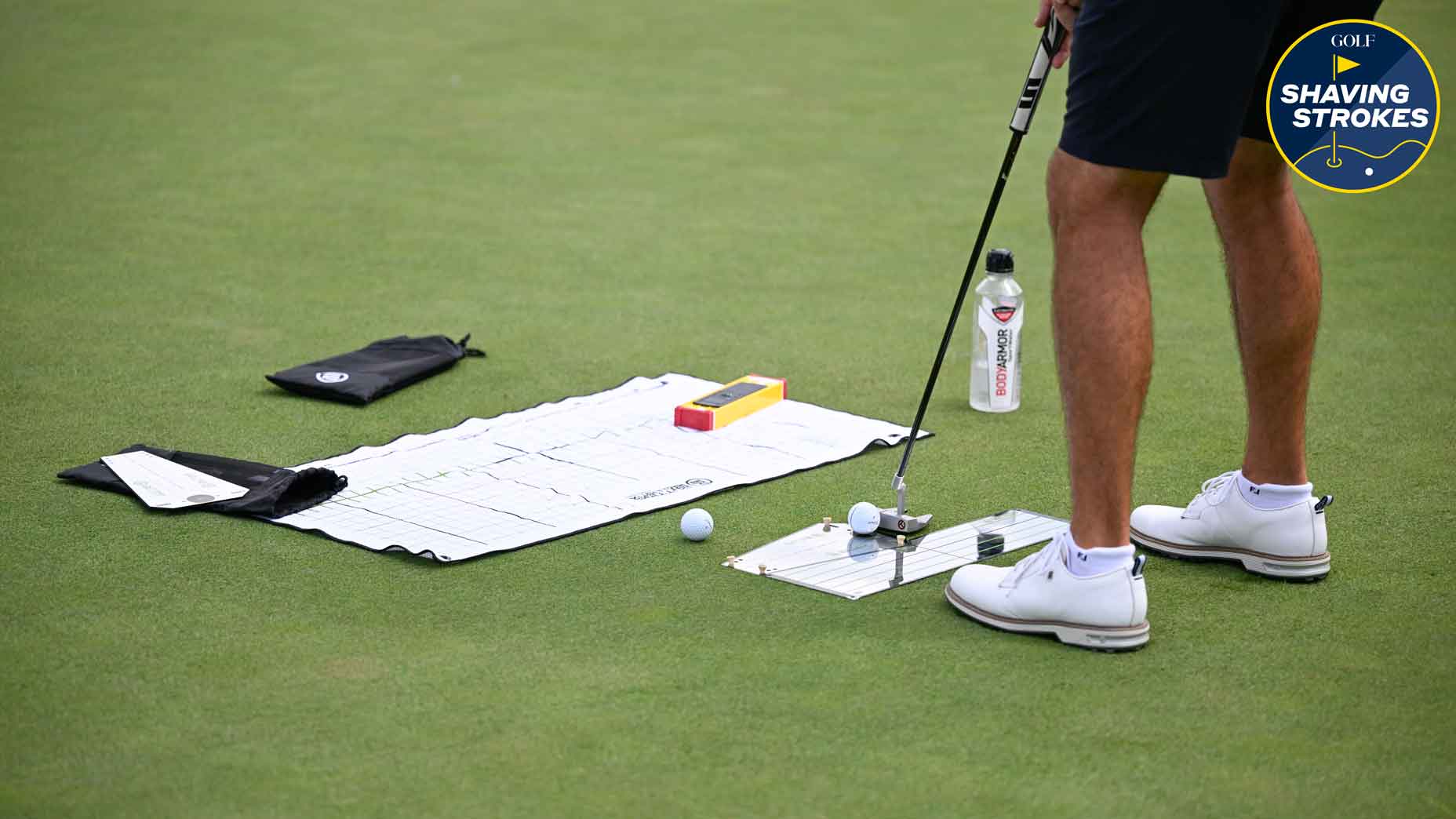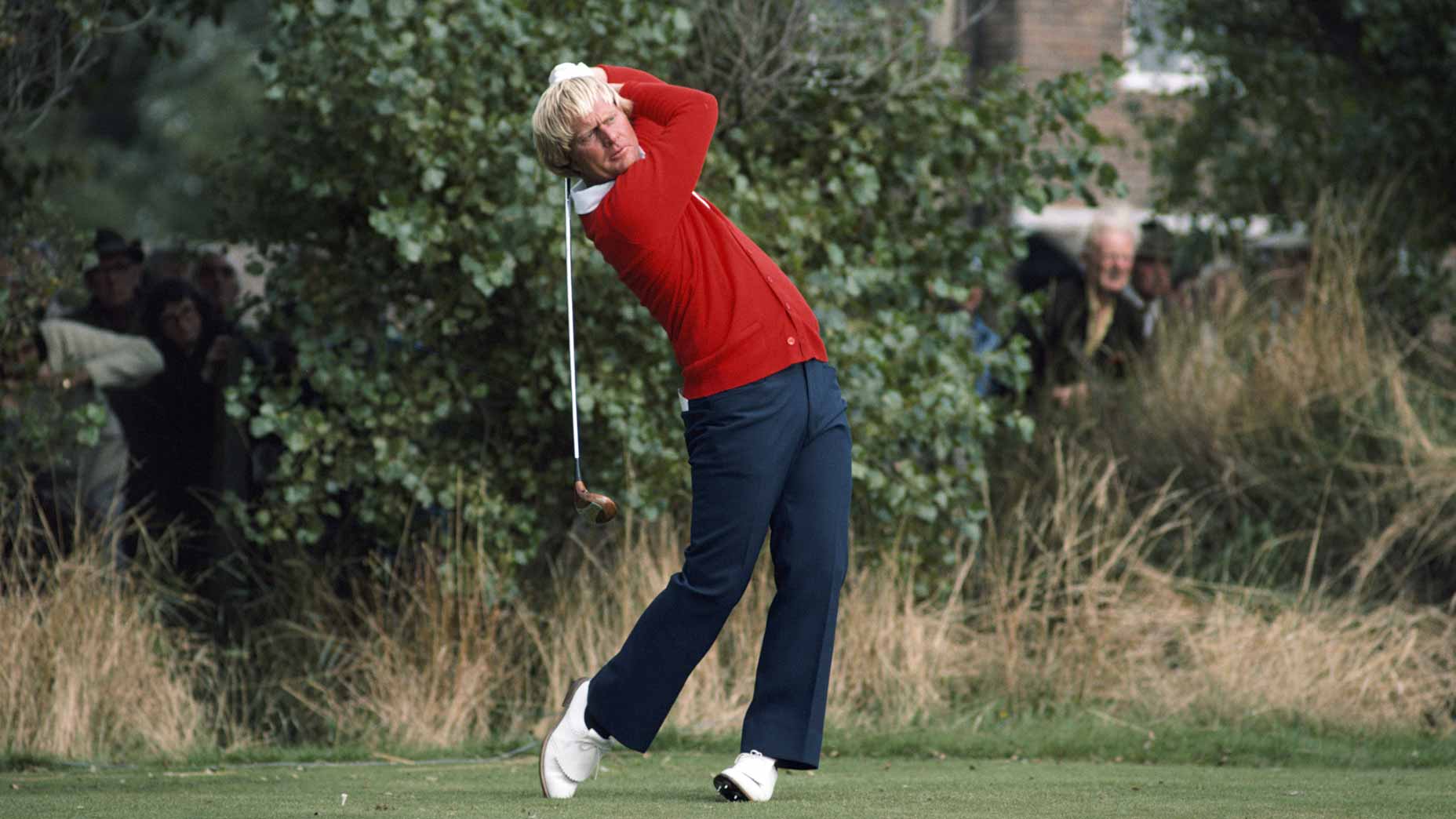The fastest ways to lower your scores, according to top teachers
- Share on Facebook
- Share on Twitter
- Share by Email

The fastest ways to shoot lower scores
GettyImages
Welcome to GOLF’s Top 100 Teacher roundtable, where some of the best instructors in the business answer the game’s most pressing questions. The goal? To help your game and lower your scores ASAP.
Want to shoot lower scores this golf season? Rather than obsess over swing mechanics for another season, if you want to score, you have to hone in the parts of your game that make the biggest impact on the course.
When it comes to scoring, some skills outweigh others. By focusing on the fundamentals in your game that actually move the needle, you’ll be on your way to shaving strokes off your scoring average in no time.
To help you get started, we asked six of GOLF’s Top 100 Teachers to share the most valuable skills you should be working on right now. Here’s what they had to say.
Nail the basics
“Set up and alignment are easy ones. Tempo or swinging at 80% effort would be a close second,” Michael Hunt, Shell Bay Club, Hallandale Beach Fla.
A great way to check your setup and your alignment is to use training aids, like this one. These training tools will help you ensure that you’re practicing with a proper setup and alignment every time. Not only will these tools elevate your practice sessions, but they also will train your eye to recognize when you’re set up correctly and in line with your target.
Another key for alignment that many golfers overlook is to set the clubface first, then set your feet and body. Mastering these basics will help you build a solid foundation and avoid more misses caused by a poor setup or improper alignment.
Have a go-to tee shot, then focus on the short shots
“Put the ball in play off the tee and focus on improving play inside 120 yards, including approach shots, short game and putting,” Kevin Kirk, The Woodlands CC, The Woodlands, Texas.
Top golf teachers share the best swing advice they’ve ever receivedBy: Zephyr Melton
If you’re trying to lower your scoring average, you have to cut down on the big numbers on the scorecard and keeping the ball in play off the tee is one of the best ways to do that.
Kirk also highlights another crucial key to lower scores—improving your game inside 120 yards. While short game and putting are often labeled as “scoring shots”, I think these shorter approach shots deserve the same attention. For most amateurs, 120 yards is typically a wedge or higher-lofted iron. With these clubs in hand, you should strive to hit the green almost every time. Once you can do that, you’ll notice that you’ll have more confidence into the green from this distance and a few extra opportunities for par or even birdie.
Learn to score around the greens
“Practicing any kind of pitch and chip shots around the green. A functional short game player can get on the green with one shot, two putt and move along. As you develop your skill, that goal should be to land the first shot on the green, close to the hole, and convert the “up and down,” Martin Chuck, The Raven GC, Phoenix, Ariz.
Plain and simple: the closer you can land your short game shots to the hole, the more up-and-downs you’ll convert on the course. A great way to do that is to chip to a large landing zone and gradually shrink it over time. Start with a 12-foot circle—once you can consistently land all of your chip shots in that area, reduce it by a foot. As your precision improves, your landing zone will tighten. Boosting your chances of making more par-saves on the course.
Did we mention short game?
“Short game, short game, short game—followed by course management,” Kevin Weeks, Cog Hill GC, Palos Park, Ill.
Unsurprisingly, many of the teachers that we polled said that short game was the skill to work on if you want to shoot lower scores—take that for what it’s worth. In addition to logging practice hours around the green, Weeks also mentions a vastly underrated aspect of the game that could help you avoid a few blow-up holes in the future: course management.
It might not be as sexy as hitting a hop-and-stop wedge shot, but course management is essential to shooting lower scores. And it goes far beyond picking the right club or knowing when to lay up.
One way to improve your course management skills is to gain more playing experience. With more rounds under your belt, you’ll be able to identify the smart miss, know when to play aggressively and when to play it safe.
That said, there are a few tried-and-true keys to remember during your decision-making process on the course. Here are a few to keep in your back pocket:
1. No reachable hazards off the tee? Pull driver. It will get you closer to the hole, which gives you a better chance at hitting the green.
2. If you find yourself between clubs into a green, the longer club is usually the better choice.
3. Around the green with no hazards in front of you? Keep your shot low or even rolling. Hitting a bump-and-run, or even putting, will give you the best odds for leaving your shot close to the hole.
Eliminate three-putts
“The fastest, and probably easiest, way to lower a handicap would be to improve your putting. In particular, players need to eliminate three-putts or at the very least minimize them,” Mike Bender, Mike Bender Golf Academy, Lake Mary, Fla.
The best way to rid your game of three-putts is to focus on distance control. Sure, green-reading is important, but if your putt has the right speed, you’ll almost always leave your second putt to a very makeable distance.
This speed-control drill will help you cut down on 3-puttsBy: Joey Wuertemberger, with Zephyr Melton
Become automatic over short putts
If you get nervous over short testers on the green, it’s a sign you need to dedicate more time practicing short putts. Becoming automatic from a shorter distance will build your confidence and help you trust your stroke—resulting in reduced nerves over these crucial putts. To give you a gauge on how big your circle should be, take a look at what one of our coaches recommended:
“30 handicaps need to prioritize making two footers. For 20 handicaps, it’s three footers. And for 10 handicaps, four footers,” Mark Durland, Durland Golf Schools at Naples Grande GC, Naples, Fla.
Durland’s advice will help you to set reasonable goals for yourself on the practice green and have realistic expectations for what you should be making on the course.
Latest In Instruction

Golf.com Editor











